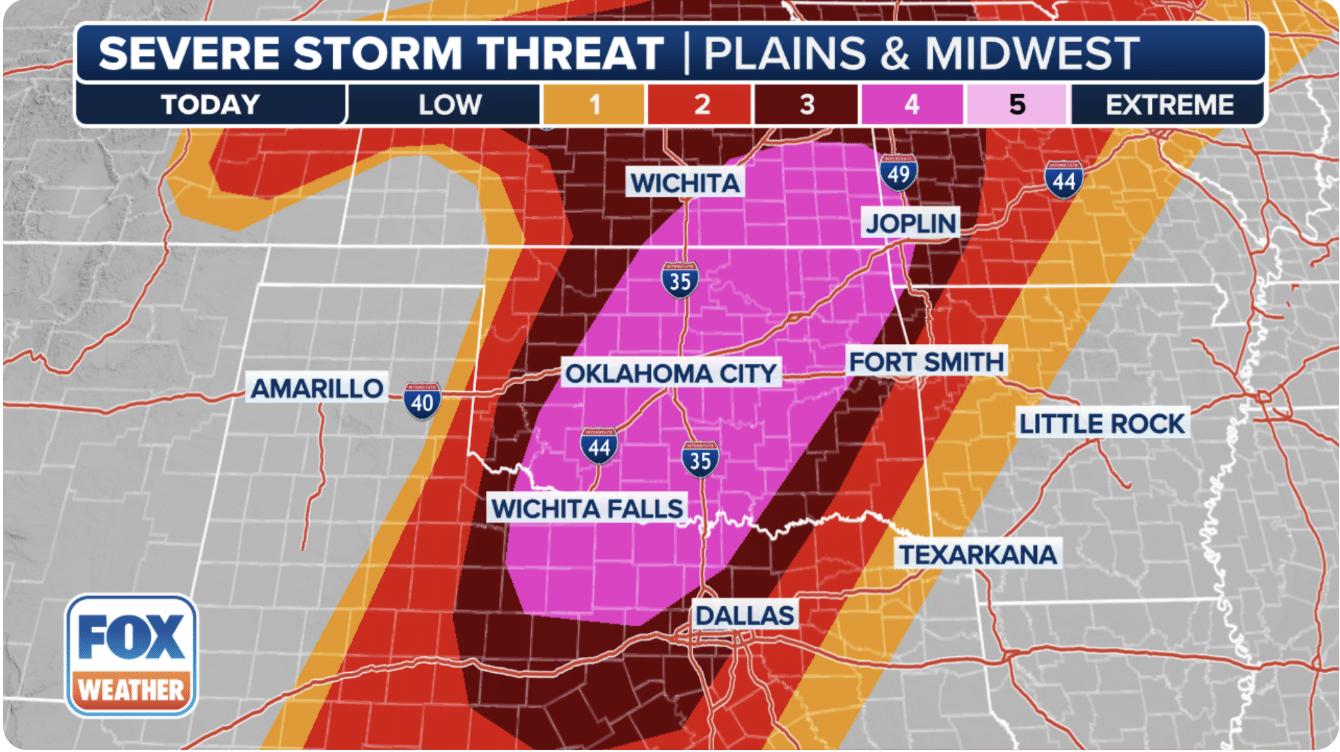The 2015 Nepal earthquake that killed more than 8,000 people didn’t break the surface. In the days following the quake, there was little evidence of afterslip movement. A new study suggests the Gorkha earthquake was incomplete and much tension remains in the region’s system of faults.
In the wake of the deadly earthquake, an international team of scientists used GPS and radar to monitor post-quake movements. The afterslip was small. Researchers measured surface movement of 2.75 inches to the north of the fault rupture and 1 inch to the south. “There was a clear lack of afterslip,” David Mencin, a geologist with the University of Colorado Boulder, said in a news ...CONTINUE
Advertisement


















